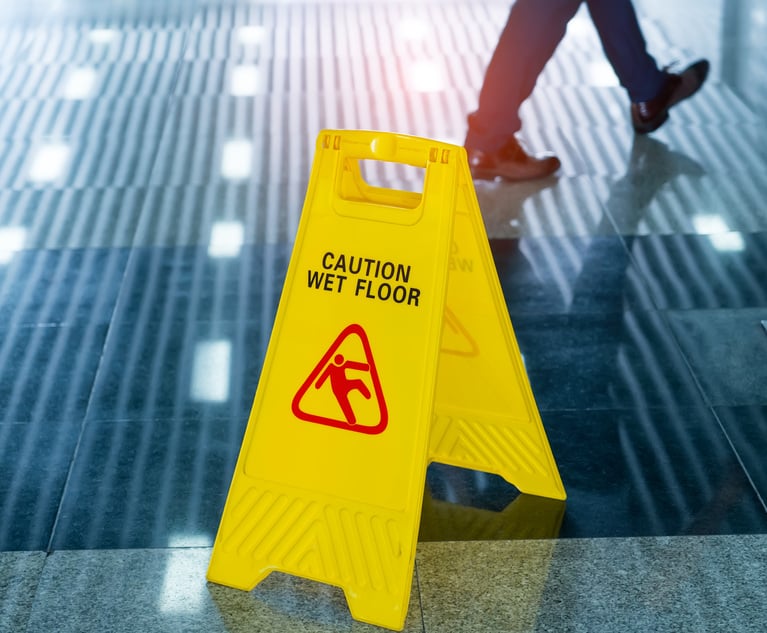An appropriately introspective trial attorney will often wonder, “Is the big picture clear?” or “Am I presenting the evidence well enough that the jury is with me?” This is particularly true in complex cases. At present, the Federal Rules of Evidence (Rules) do not provide many clear answers on the options available to a trial lawyer focused on solutions to such questions. While the Rules allow the attorney to “use a summary, chart, or calculation to prove the content of voluminous writing, recordings, or photographs that cannot be conveniently examined in court,” the guidance largely stops there. Even for such summaries, there are disagreements about whether they are admissible as evidence. The Committee on Rules of Practice and Procedure’s (Committee) proposed addition of FRE 107 and amendments to FRE 1006 seek to fill the gap, and while they are a good start, much is left unclear. The proposed amendments and addition of Rule 107 have been approved by the Judicial Conference and, if sent to Congress by May 1, 2024, absent congressional action, will become effective on Dec. 1, 2024.
The proposed addition of Rule 107 adds an entirely new rule, modeled after Maine Rule of Evidence 616, which states that “[t]he court may allow a party to present an illustrative aid to help the trier of fact understand the evidence or argument.” “Illustrative aid” is not defined in the proposed rule but is discussed in the Committee Note. The proposed rule would require that the aid’s “utility in assisting comprehension is not substantially outweighed by the danger of unfair prejudice, confusing the issues, misleading the jury, undue delay, or wasting time.” Under the proposed rule, an illustrative aid cannot be provided to the jury during deliberations unless all parties consent or the court, for good cause, orders otherwise. The permissive nature of the proposed rule (“[t]he court may allow a party to present an illustrative aid”) adds to the lack of certainty.


 Credit: Nuthawut/Adobe Stock
Credit: Nuthawut/Adobe Stock




